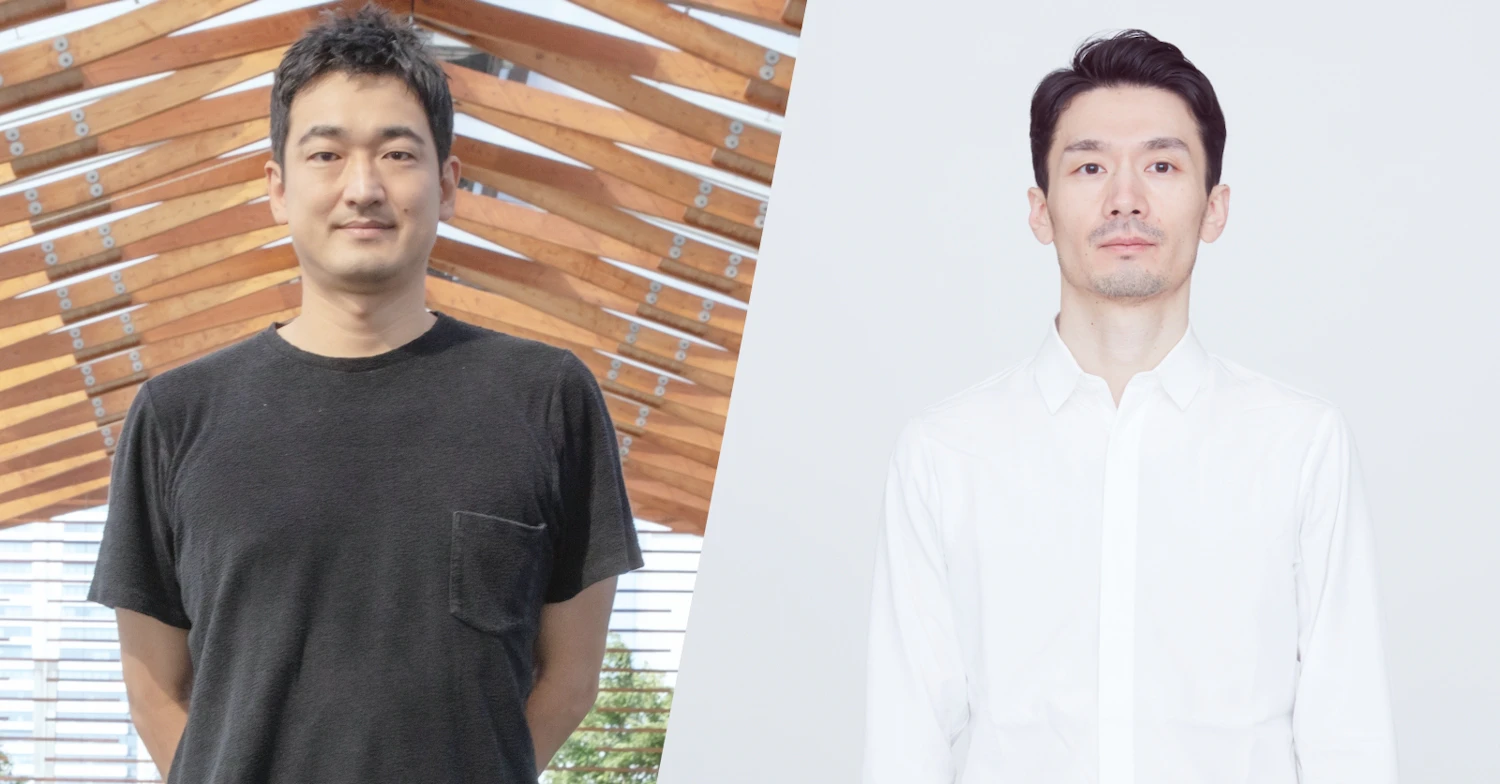Discussion: Shintaro Monden & Ken Endo: "Thoughts on Design and Engineering for Products that Become Part of the Body"

After working at domestic design firms and foreign PC manufacturers, designing a variety of products from one-of-a-kind furniture to laptops sold in tens of thousands globally, he joined Quantum. He oversees Quantum's design department, leading new business development across a wide range of fields, from product, graphic, and UI/UX design to boundary areas. His strength lies in conducting a series of product development processes from design research, concept development, pilot studies, to mass production design support seamlessly. The products he has worked on have won numerous awards such as iF Design, RedDot Design, D&AD, Cannes Lions, and Good Design Award. They are highly acclaimed both domestically and internationally, and have even been selected for the permanent collection of the Pinakothek der Moderne in Munich, Germany.
CEO of Xiborg Inc.
After completing his master's course at Keio University, he went to the U.S. He worked in the Biomechatronics Group at the MIT Media Lab, specializing in the analysis of human physical abilities and the development of lower-leg prosthetics. He obtained his Ph.D. in 2012. Meanwhile, he served as a lecturer at MIT's D-lab, teaching courses on prosthetic devices for developing countries. Currently, he is an associate researcher at Sony Computer Science Laboratories. Engaged in research related to the extension of human physical abilities using robot technology, he was selected as one of the 35 innovators under 35 (TR35) by the "Technology Review" published by MIT in 2012. He was also named a Young Global Leader at the Davos Congress in 2014.
About the Everyday Travel Wheelchair "Wheeliy"
Design to Promote Social Support
This article is for members only.
Please register to read the rest of the article.
- Read members-only articles
and use text-to-speech. - Unlimited article favourites
and browsing history. - Attend members-only events.
- Get the latest information
with our email newsletter.
RELATED ARTICLES








.jpg?w=400&fm=webp)









.png?w=400&fm=webp)

